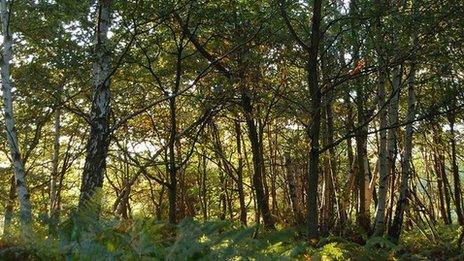Ash tree remains part of Norfolk landscape despite fatal fungus
- Published

Thousands of ash trees were destroyed after they developed ash dieback
Ash trees in the UK will survive despite a fungal disease causing "significant losses", experts said.
Ash dieback is in most parts of the UK, the Department for Environment, Food and Rural Affairs (Defra) said.
Dr Anne Edwards, of the John Innes Centre in Norwich, said: "My prognosis for the ash is that we're not going to lose them all."
Defra said more than £6m had been invested to "advance our scientific understanding of the disease".
It had been feared the disease, first detected in the UK at a nursery in Buckinghamshire, would decimate the third most common tree, external type in the UK.
Formally known as hymenoscyphus fraxineus, it causes leaf loss and crown dieback, and was first found in Poland in 1992, arriving in Britain via wind-borne spores and imported plants, according to Defra.
This month marks the 10th anniversary of DNA sequencing being used to confirm the disease in trees in Norfolk Wildlife Trust's Lower Wood reserve, in Ashwellthorpe.
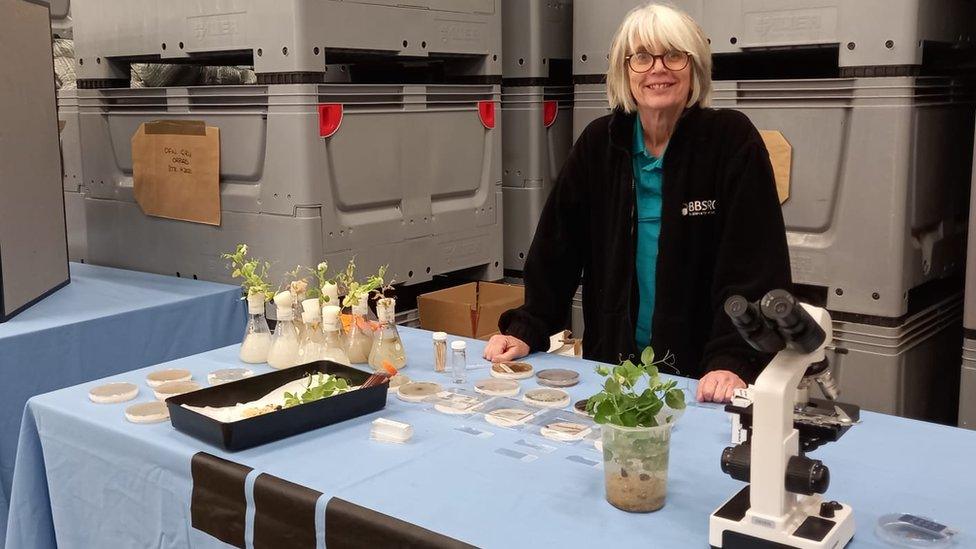
Dr Anne Edwards said scientific advancements also had a huge impact on identifying and tracking the disease
In the past ten years, more information has been found about the life cycle of the fungus, helping researchers to understand how it is spread.
"What I have noticed is that there's a huge variation in the resistance to the disease amongst the trees," said Dr Edwards.
"Some trees die very, very, quickly. One whiff of the fungus and they were dead. But others are hanging on and some are fabulously healthy."
Trees that were "socially distanced" - isolated in a park or garden - seemed able to survive more than those in a group.
Dr Edwards said they now knew that ash were genetically very diverse, a factor that has helped the species.
"If you look back at Covid, some people were very, very sensitive to Covid, and others were brushing it off like a cold, and not having any symptoms," she said.
"It's like that with the trees, but it's not one single [factor], it's a complicated genetic picture that hasn't been completely revealed, and maybe in time it will."

Ash trees will continue to be a feature of the UK landscape says the Forestry Commission's Steve Scott
According to Steve Scott at the Forestry Commission, it is now believed some 25% to 50% of British ash could survive.
He said in Lower Wood, plenty of ash were regenerating but there were also "a lot of dead and dying trees".
But he believed the ash would "still be a significant component in the landscape, in the long-term".
Dr Edwards agreed the present situation was hopeful, but said more needed to be done to around bio-security and to protect trees generally.
"My prognosis for the ash is that we're not going to lose them all," she said.
"There will be losses, quite significant losses, especially in woodlands, but some will hang on, and we will rely on those to re-populate," she said.

A leaf of an ash tree in Colchester with early symptoms of dieback
Defra said scientific observations in Europe and the UK meant it expected 1% to 5% of ash trees to show some genetic tolerance to the disease.
"Since it was first detected in the UK, the government has invested more than £6m to advance our scientific understanding of the disease and conducted the world's largest screening trials for tolerant trees," a spokesman said.
"We now have the UK's first collection of tolerant ash, with over 3,000 new trees planted - a major step towards landscape recovery."

Find BBC News: East of England on Facebook, external, Instagram, external and Twitter, external. If you have a story suggestion email eastofenglandnews@bbc.co.uk
- Published18 November 2018

- Published22 April 2016
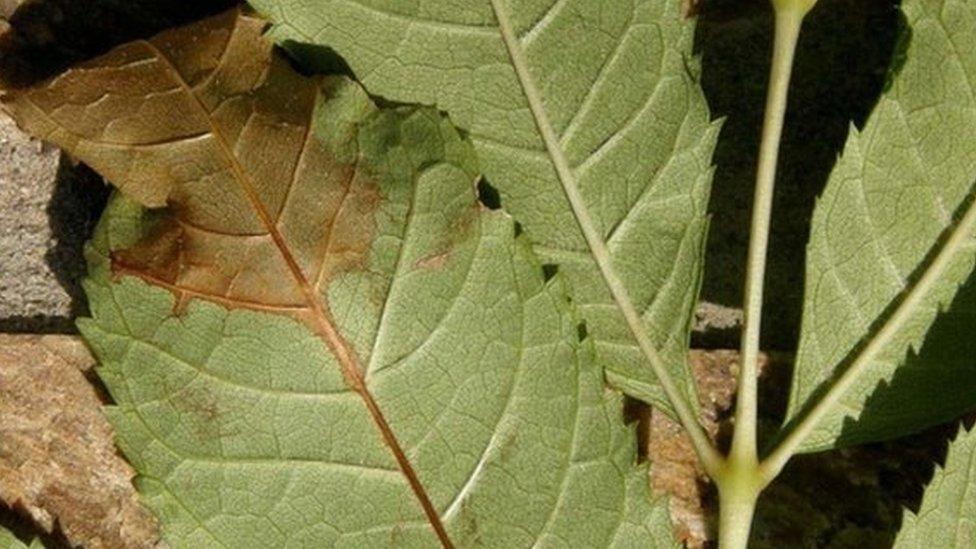
- Published23 March 2016
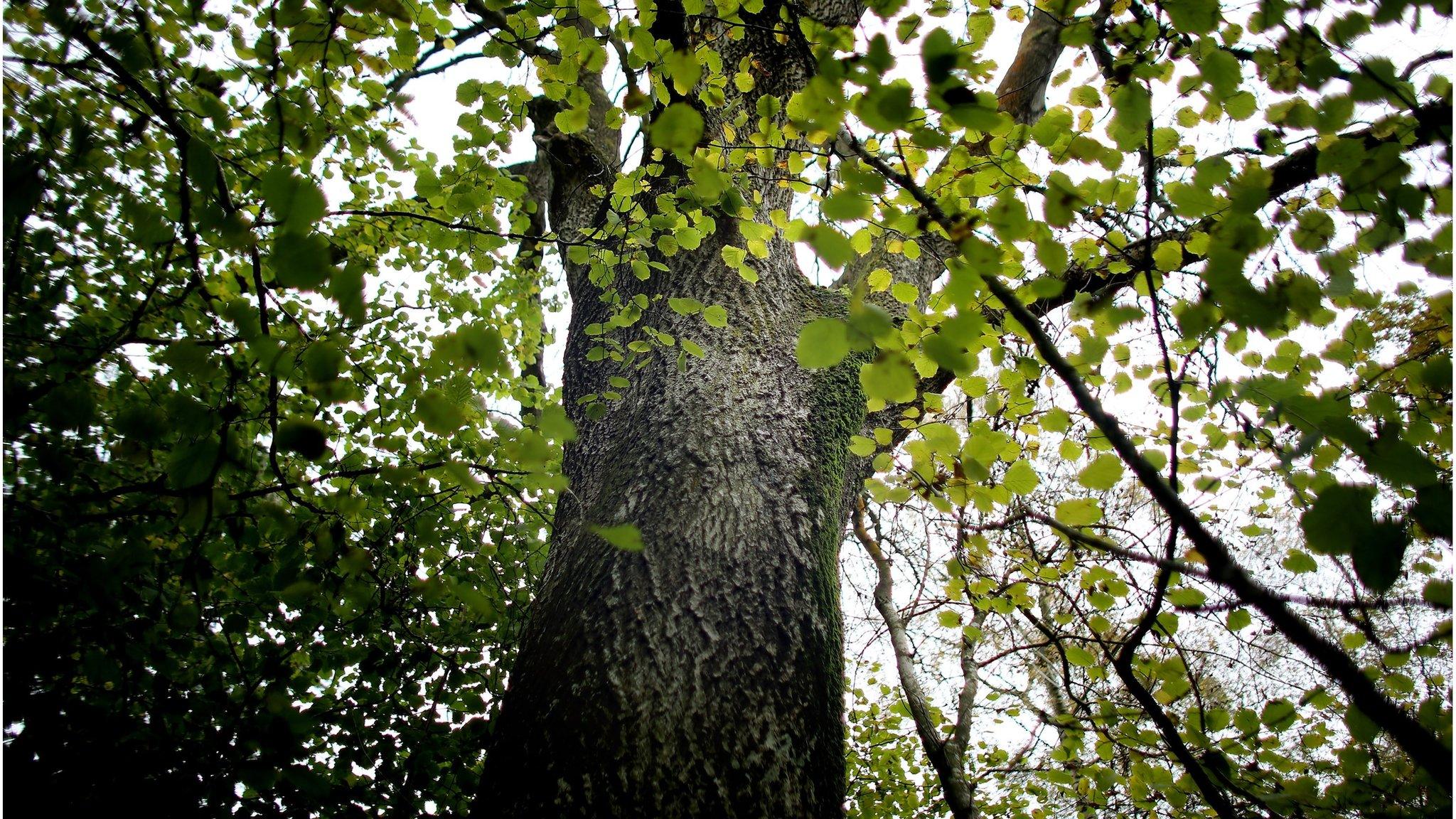
- Published26 October 2012
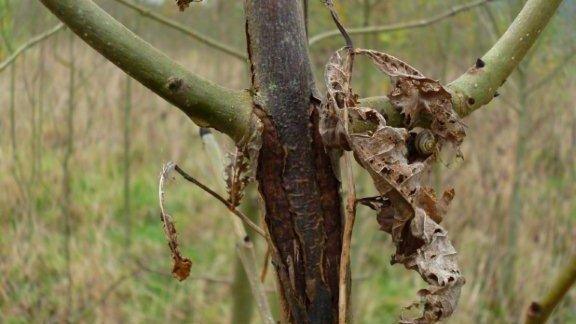
- Published25 October 2012
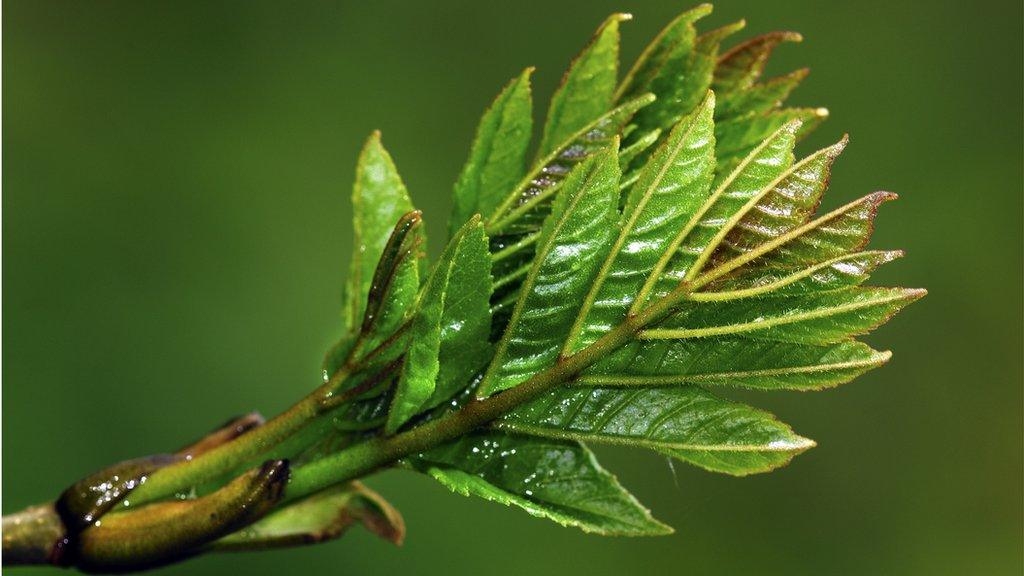
- Published5 November 2012

- Published29 October 2012
